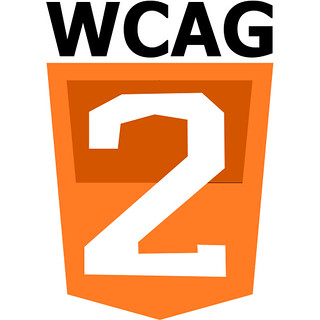With 180 web editors on Fashion Institute of Technology’s campus in New York City, Web Content Coordinator Norma Stary knows that making sure they all follow the best practices for accessibility can be a challenge.
But, she says, it can be done. And under WCAG 2.0, it’s imperative. Monday at High Ed Web in Milwaukee, Stary laid out a 12-step program to help ensure your users follow those best practices. The steps included ways to address text, link descriptions, alt-text for images, to audio and video and more.
One overriding principle: Keep it simple and structured. At a place like F.I.T. “everyone at my school is a designer at least in their head,” Stary said. But she combats that design desire by pointing out the rules for headers and text size and weight at the outset of any interaction.
When it comes to links WCAG guidelines dictate distinguishing links from the surrounding text. That means making sure text is underlined. A link should be descriptive and more than one word. If the link downloads a file, that file type should be included in the link as well.
Alt-text for images should also be descriptive. Instead of just “a cave painting try “An ancient cave painting showing two deer with antlers plump bodies and small legs. One appears to be fallen over or dead.” Keep those descriptions less than 150 characters to aid screen readers.
You can also help screen readers creating text that can only be read by readers, or text that is hidden from readers, she said.
Stary recommends reinforcing these ideas with consistent training and by creating “light bulb” moments that show off the benefits of implementing assistive technology.

